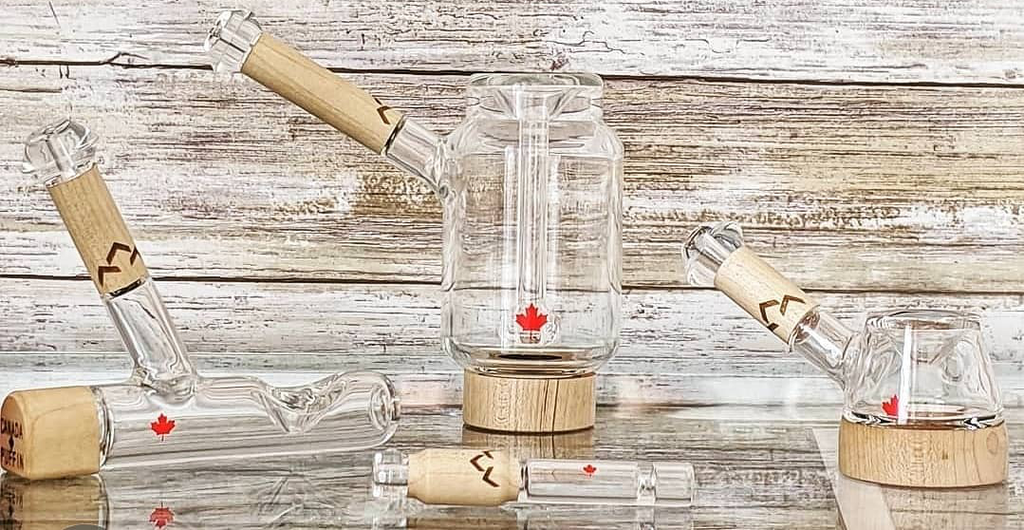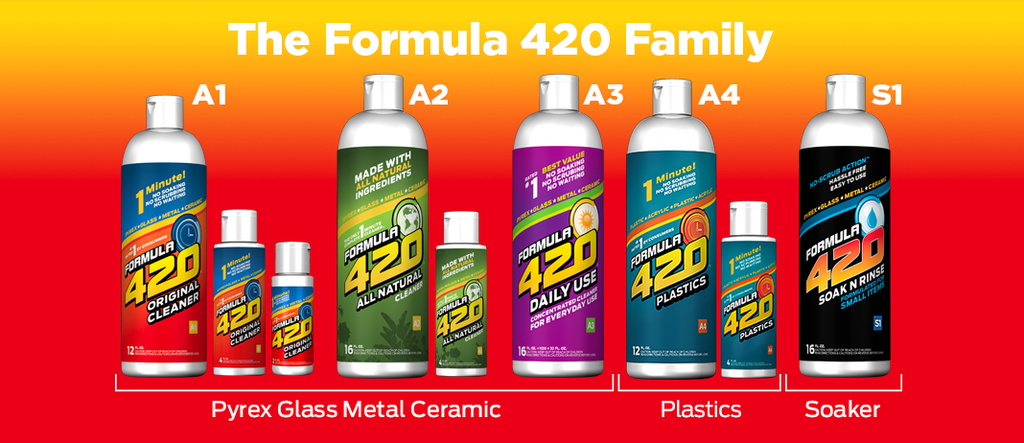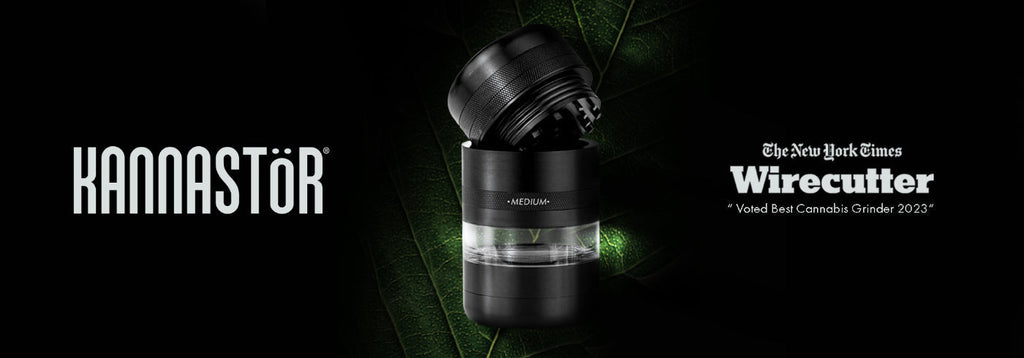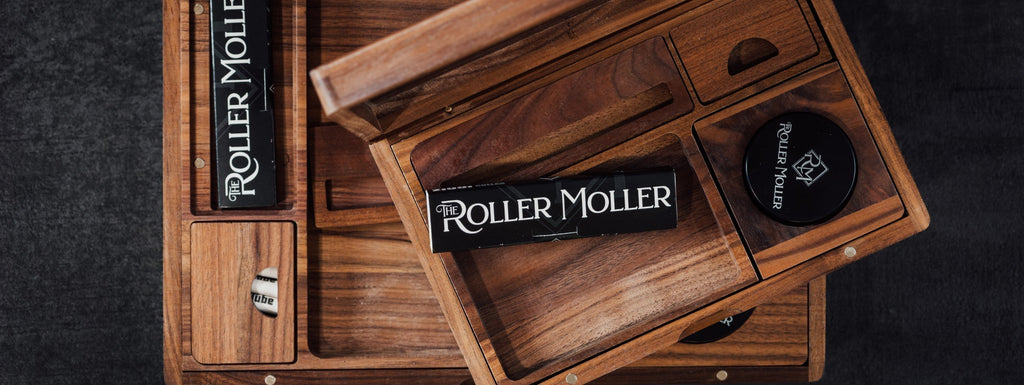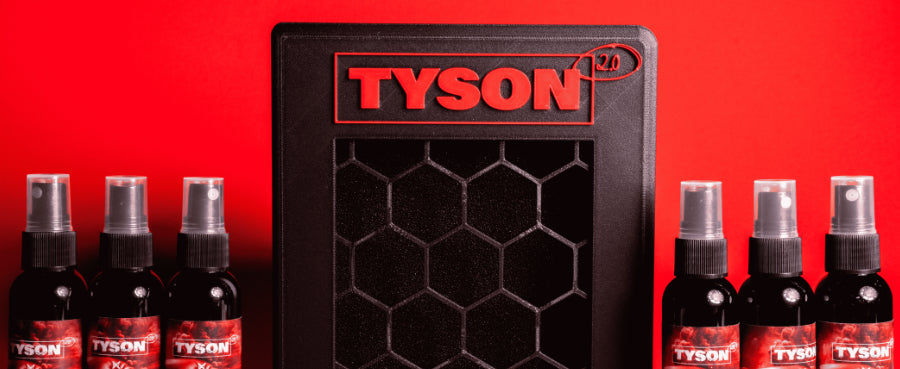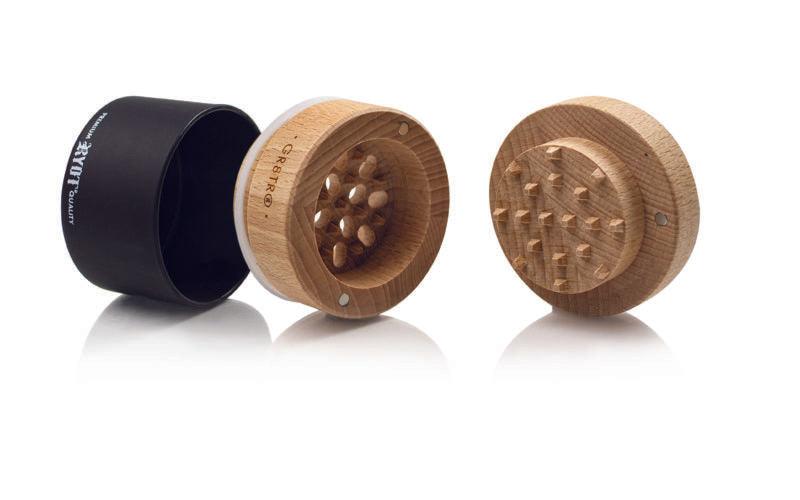
Let’s Talk About Grinders
What do you need grinders for, anyway?
Well isn’t that the question of the day? Without herbs being broken down before smoking, the buds will burn unevenly, combusting the outside while the inside core remains unburnt and prone to clogging. Unless you, for some reason, want to put your oily fingers all over your sticky buds, and painstakingly snip them into little pieces, you want an herb grinder.
Grinders have *technically* been around for a long time in the pharmaceutical and culinary industries, but those grinders were more of the mortar and pestle variety and aren’t terribly effective on cannabis. Unless you wanted to use something like an electric coffee grinder, which is a big overkill, modern cannabis grinders are a fresh take on a 1905 patent by an Australian named Henry Wingfield. Wingfield’s device was created to break up plug tobacco, and it would become the basic design of almost all the grinders that are now a staple piece of equipment for so many smokers. Apparently, Wingfield was about 100 years ahead of his time as these types of grinders didn’t become popular until the early 2000s when Sweetleaf won best product at the 2000 Cannabis Cup.
Herb grinders are now almost endless in variety of function and style. Just know that, as with most things, you tend to get what you pay for. You can use 2, 3 and 4 piece grinders to separate the herb into smaller and smaller pieces. Grinders with 3 chambers that use a screen are very popular because the screen separates and serves to sift kief from the rest of the ground-up green. Through normal use, the base chamber can then collect pollen so that you can make your bowl more potent or even press larger quantities into hash.
How grinders work is that you stick your bud into the grinder, put on the lid, and twist a few times. The sharp teeth inside of the grinder cut up your nug into small, even pieces so that your joint, bowl, one-hitter, dry vaporizer, or whatever can have enough airflow to burn well. Additionally, when the pot is pulverized, it distributes better into edibles, and the distinct marijuana taste is easier to cover up with other, uh, more delicious flavors. Most marijuana users consider a grinder an essential tool for any stash box, though there are ways to make do if you absolutely have to (see below).
Grinder Materials
There are three main contenders to choose from when you’re deciding which material to purchase: plastic/acrylic, wood, and metal (commonly aluminum and titanium). There are pros and cons to each, so you will need to weigh out your options before purchasing.
A few things to consider:
- Medical versus Food Grade: You might hear these terms thrown around, and the long and short is that they’re the same. Either one is going to be safe for preparing your herb.
- Coating versus No Coating: No matter how careful you are, kief and sticky buds happen, and they can make a mess of your grinder. A non-stick coating can help keep things cleaner for longer. That said, if there’s a coating, there’s a possibility that it can get scratched off and fall into your herb. A grinder with an anodized finish doesn’t have an additional coating, but anodizing the metal (heating and processing it in a way that creates a durable, non-corrosive, non-reactive finish) makes it one of the safest finishes out there.
- Screen: If catching kief is a priority for you, make sure that the grinder you choose has a good screen for it. Be sure to read the reviews because they’ll tell you how well the screen collects the cannabis crystals.
- Cleanability: Plastic and acrylic typically get gummed up faster than wood or metal kief grinders. If the mess is bad enough, you may need to replace the whole grinder. Luckily, plastic and acrylic are usually pretty cheap. The wood options are also a little more difficult to clean because you can’t necessarily submerge them in cleaning solution. If your bud of choice is a little stickier, or you’re not very good at keeping things dry, you might want to invest in a metal grinder. With metal, you can submerge it in isopropyl alcohol to help remove even the gunkiest residue.
- Size: Multi-chamber grinders are great for your home use, but they can get bulky to carry around. The grind quality isn’t always as good for the one or two-chamber options, but they are more discrete. If you want a happy compromise here, opt for our modular grinder designs that allow you to easily change the number of chambers depending on your needs.
- Price: The price for this little tool can range from a few bucks to close to a hundred! That’s a pretty big gap, but in many respects, you get what you pay for in the grinder world.
- Teeth configuration: Depending on how the teeth are shaped and positioned, you will have different outcomes. Some grinders do better at grinding fluffy herb, while others can handle larger buds. The configuration might also make it easier or more difficult to grind the herb.
Alternative to Grinders
If you don’t have a grinder handy, there are other ways to get from whole bud to chopped herb, but they aren’t as efficient or can take a lot of time.
- A Sharp Blade: Any blade will work, but it must be sharp. Otherwise you may end up with a lot of gunk on your blade and flower that is crushed rather than ground. If you have a good-quality multi-tool, you’ll always have a blade handy.
- Grinder Cards: Grinder cards are the new kid on the block, but they are pretty slick. These little cards can go in your wallet, on your keychain, or be worn as a necklace. Compact and pretty cheap, a grinder card is like a little portable cheese grater that is discrete and (sometimes) fashionable.
- Scissors and a Shot Glass: You can always use the old scissors-and-shot-glass trick. By putting your bud in a shot glass and using a pair of sharp scissors, you won’t lose any of your flower to the table, and any stickiness from the kief is contained within the glass.
- Coin and Pill Bottle: If you happen to have a pill bottle and a couple of (clean!) quarters or nickels handy, you can throw a nug into the pill bottle and shake. That little trick will do a good enough job grinding up your cannabis.
- Electric Food Processor: First off, if you are going to go this route, you either need to plan on cleaning the food processor really well after grinding or buy a separate one strictly for weed. On the one hand, it’s really fast, but the downside to using an electric food processor is that you can easily overgrind your weed if you’re not paying close attention.
Even though these options will do in a pinch, if you want a good, consistent powder, the best thing you could add to your supply list is a top quality grinder.

